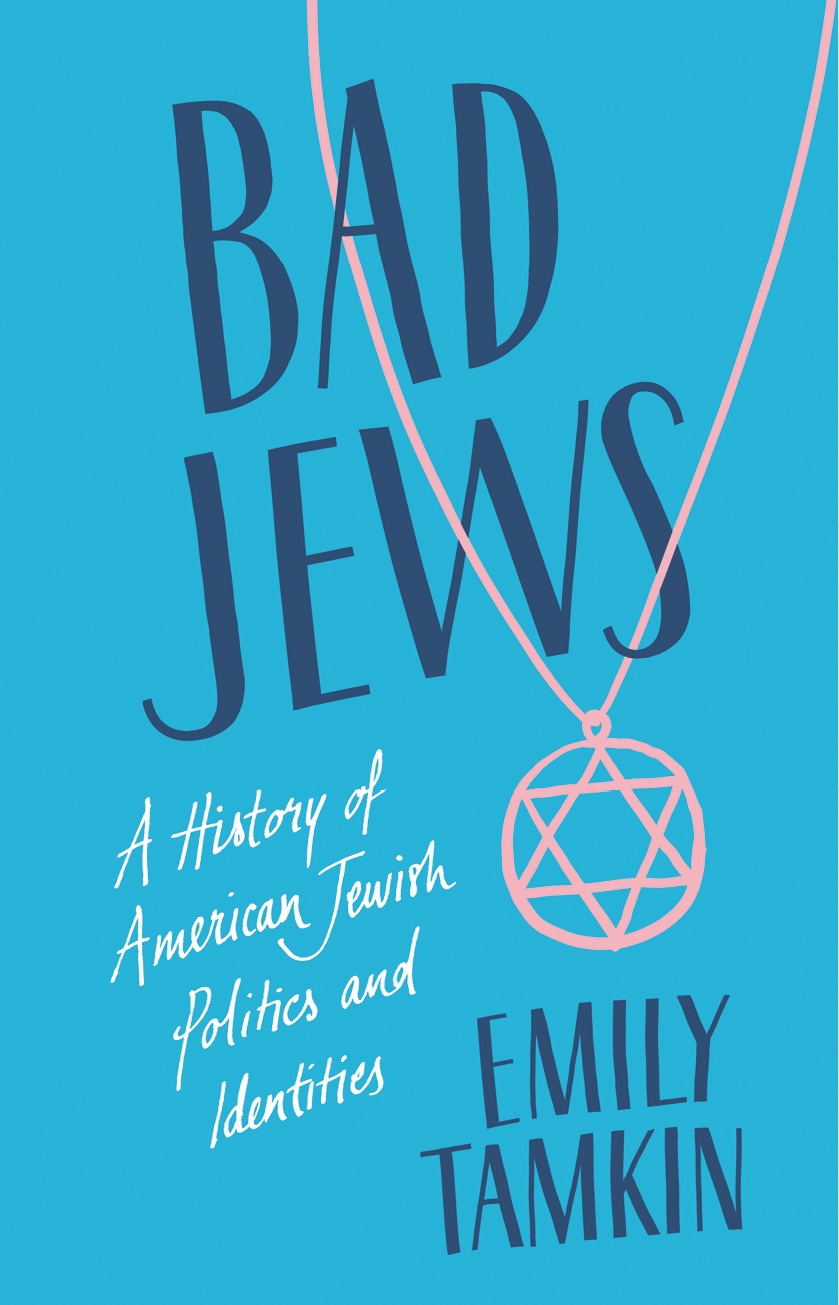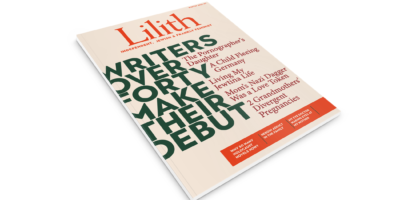
“Bad Jews” No More
When I worked in the Jewish life industrial complex on campus about one hundred years ago, I spent much of my time trying to convince students that they weren’t “bad” Jews. They believed they were for all sorts of reasons; they skipped Shabbat services, they didn’t keep kosher, they forgot holidays, they’d never been to Israel, or didn’t want to go. There was no such thing as a “bad” Jew, I insisted. Yet despite such pleas by myself and many others, the “bad Jew” claim has persisted, of course, externally and in our interior monologues. We’re still using it to hurt each other, and ourselves.
In Bad Jews: A History of American Jewish Politics and Identities (Harper, $28.00) author Emily Tamkin examines the changing landscape of American Jewish experiences by digging into the roles Jews have occupied throughout American history, zeroing in on the behavior of Jewish communities in the context of a swiftly changing country.
There’s a lot in Tamkin’s research that may surprise, as well as confirm what readers may have thought, specifically about the role whiteness has played in Jewish attempts at assimilation. Tamkin’s look at the interaction between whiteness and Jews in America, it may be irresponsible to use any other word but “complicated,” except, perhaps, “fraught.”
“We have been both victims and villains,” says Dr. Josh Perelman of the Weitzman National Museum of American Jewish History in an interview with Tamkin. In order to be seen as fully American—whatever that even means—Jews have participated in racist, classist, and xenophobic systems, but they still remain the targets of antisemitism, which itself unfortunately is also capable of adapting to changing circumstances. (It’s notable to be reading this book in late 2022, when antisemitism is once again lighting up corners of popular culture.)
“Achieving” whiteness comes at a cost, of course, whether or not an entire people can seamlessly adapt. Americans on the whole could not figure out what to do with Jews, and so, writes Tamkin, their response was to “flatten” Jewish identity, demanding that Jews pick and choose which aspects of Judaism they would tol- erate being publicly displayed. The cost of being perceived as “too Jewish” was to be derided by mainstream America, and so some Jews, Ashkenazim specifically, created a version of Judaism which could more easily be tied to and read on the surface as whiteness—excluding the realities of Mizrahi and Sephardi Jews, as well as some of their own history and culture.
Are you a “bad” Jew if you operate from a place of fear of losing your own stability, even if it’s likely that that stability isn’t as assured as you think it is? In Tamkin’s chapter entitled “Right-Wing Jews,” she explores Jewish participation in neoconservatism, and the maligning of politically liberal Jews, whose naivete about the real and persistent threat to Jewry would inevitably have catastrophic consequences.
To them, liberal Jews were bad Jews, and so were those who intermarried, and who criticized Israel. Did other bad Jews consist of the politically conservative, the Jewish communal industrial complex, and those who shut down the conversation around Israel? What about Jews of Color, Jews by Choice, those who nudged American Judaism to expand, “Pushing” Jews, as Tamkin calls her final chapter?
“The American Jewish community is a myth,” says one of Tamkin’s interviewees who wished to remain anonymous. “There are communities. But there’s no one united bloc of people.” Should we be wishing for one? But does it make even sense to have a united bloc, given the wide swath of American Jewish experiences?
In the closing pages of Bad Jews, Tamkin considers: “Whether some of these narratives tell ourselves about who we are, and some of the tenets mainstream Jewish institutions cling to, and the rules they assert need to be followed—if that did not constitute the worship of false idols.”
Through thorough and layered research, as well as carefully rendered reflections on her own past as child of a Jew by choice and a Jew by birth, Tamkin presents us with an uncomfortable reality and a necessary reminder: Worshiping false idols has never worked out particularly well for Jews, so instead of revering the absolutes of “good” and “bad,” we must consider the blurry, the diluted, and the fallible.
Chanel Dubofsky is a writer and editor in Brooklyn.






